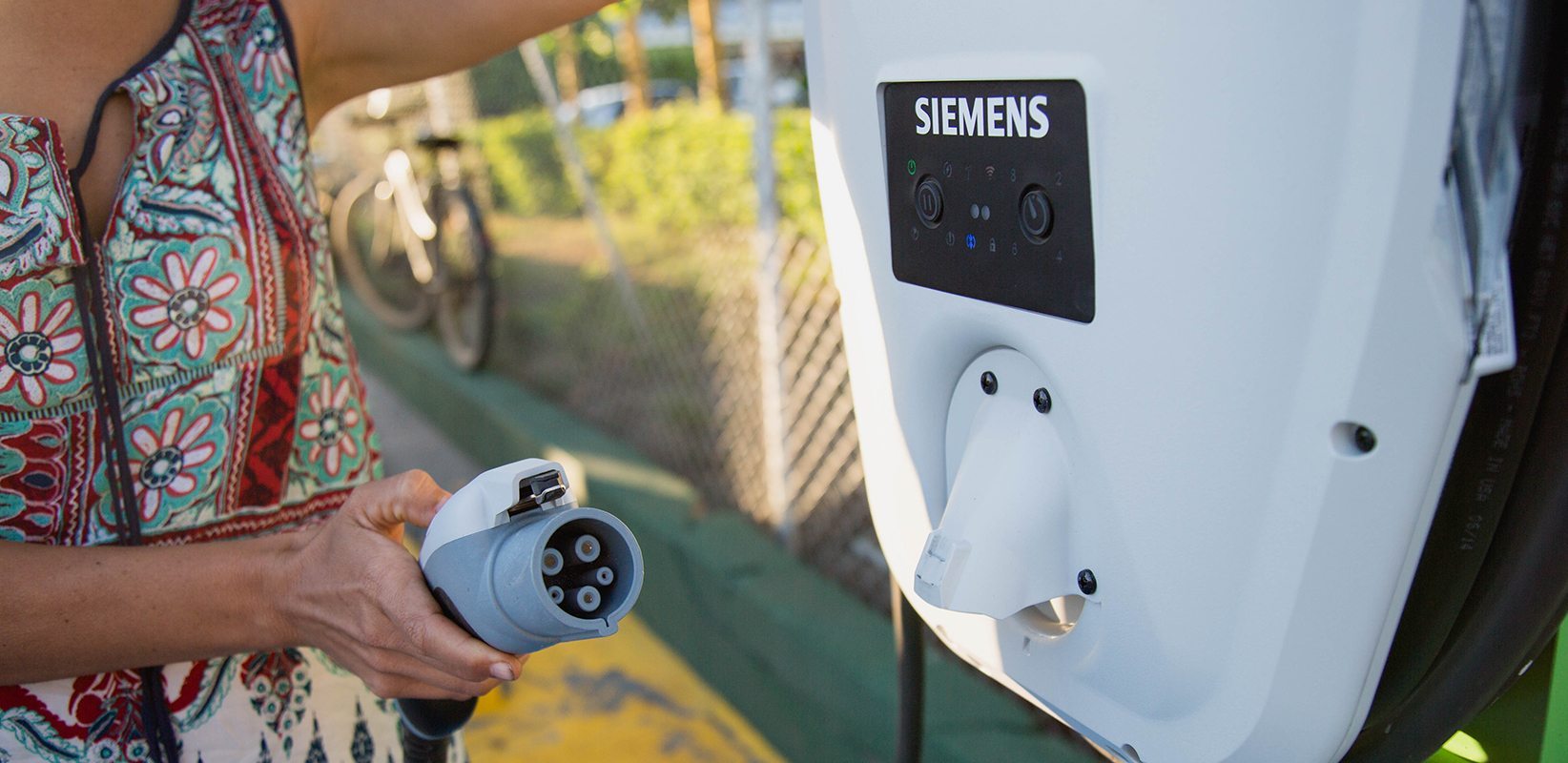
In January, President Luis Guillermo Solis signed the law of incentives for electric transport. Dealerships now sell electric vehicles and charge stations have been installed at different points across the country, including in Santa Cruz, Guanacaste. But, is it worth the money to buy an electric car in the province?
For starters, it’s always worth it to make a change in order to pollute less, but the practical response to this question will vary according to our needs.
For example, is one charge station enough? A fully charged battery in the electric cars imported to the country can travel 120 kilometers (75 miles), said the electric engineer of University of Costa Rica (UCR), Jairo Quirós. Even though the autonomy of new vehicle models is higher.
If the electric vehicle is bought by someone who will use it to travel less than this distance, it’s a really good option. At home, no special adaptation is necessary to be able to charge it.
To go for a drive or head to the capital, the panorama is less favorable.
If we use a person that lives in Nicoya and travels daily to Liberia (160km round trip) as a reference one charge in the morning is enough to get to work, but not enough to return.
Could you recharge in Santa Cruz? For now, that option is complicated. The charge station is functional, but it is a slow charge station, as are the others in the country, in which a full charge takes seven hours.
The Costa Rican Electricity Institute (ICE) plans to install 23 quick charge stations – where can be charged a single car in 20 minutes – at the end of 2018. In Guanacaste, the stations will be in Samara, Nicoya, Tamarindo, Limonal, Liberia and Tilarán.
The Options
There are already options of fully electric vehicles on the market. Exempt from taxes, a Hyundai Ioniq costs $33,965 (¢19,020,400) while the Nissan Leaf costs approximately $35,000 (¢19,810,000). Dealerships offer financing options with public and private banks and technical assistance.
There are more options for hybrid cars, but the legislation only considers those that are fully electric.
According to the law, the National Learning Institute (INA) must graduate mechanics specialized in electric cars, so that it becomes more and more possible to find technical assistance options.
It costs about a third as much to maintain an electric car versus a combustion engine vehicle, according to engineer Jairo Quiros, who coordinates the Energy and Power Laboratory (Eper-Lab) at UCR.
Daniela Varela, from the marketing department at Datsun Dealership, agrees. Maintenance is reduced to occasional check ups of tires and batteries, but electric vehicles don’t require greater costs.
What we could view as a big problem is that, for now, the market only has lightweight cars that aren’t apt for many of Guanacaste’s dirt and rock roads.
Quiros, who is also has a doctorate in electrical engineering from the University of Manchester in the United Kingdom, says that currently the taller vehicles are “extremely expensive” and cost around $80,000 (¢44,800,000).
“Many of them are prototypes and they aren’t being brought to the country,” Quiros adds.
In terms of the battery, it’s cost is relatively high right now (roughly ¢4,480,00). And how long does it last?
“Headquarters right now are giving them eight years, but reader, don’t be scared. That could go up to 12 or 14 years,” Quiros says. “In eight years it doesn’t mean that the battery is completely damaged. It will be at around 80 percent capacity. If the new car gave me 120 kilometers, in eight years it will give me 98 kilometers.”
According to the engineer, Eper-Lab proposed including a savings on insurance in order to pay the pattery to the National Insurance Institute (INS). This way, the user doesn’t feel the sudden impact in their walet when they have to change it.
The Magnifying Glass of a Visionary
How much does a home electricity bill increase? “Practically zero” the engineer says.
He explains that the driver that goes from Nicoya to Liberia and travels 160 kilometers daily will have to spend around ¢15,000 ($28.80) on gasoline while the cost of electricity would be around ¢2,400 ($4.28).

While electric vehicles are more expensive than combustion engine vehicles, the benefits that the law projects make it feel, little by little, like a costcutter when maintenance is considered.
“We are creating scenarios and doing studies but by 2025, perhaps before, the cost of an electric vehicle will be equal to that of an internal combustion one. Toe to toe. Because the operational and maintenance costs represent savings through time. You can save around 70 percent on gas every year,” Quiros explains.
Benefits for All
Under the law, electric cars have tax exemptions on sales, selective consumption and customs taxes. All these exemptions vary depending on the cost of the vehicle.

The vehicle license plate restriction won’t apply in the central part of San Jose for the first five years and they will have a differentiated registration fee.
In public parking lots, supermarkets and malls there will be blue spaces where they can be parked and the state must guarantee the installation of a charge station every 80 kilometers along national routes and every 120 kilometers on canton roads, although the law doesn’t establish when this must be done.







Comments